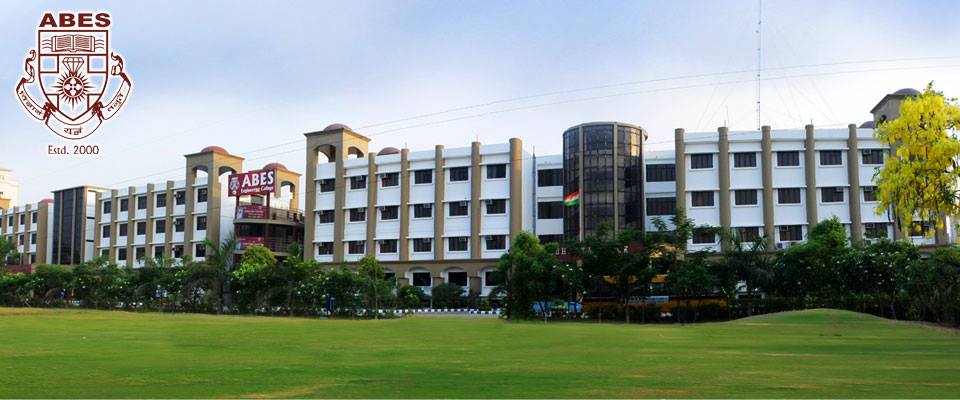The national education policy of 2020 is a watershed moment in the history of educational reforms in India. The policy replaces the erstwhile policy of 1986 and improves upon it holistically. The new educational policy aims to make India a knowledge economy with its sweeping reforms at the primary, secondary and tertiary levels.
The policy is one of the most important guiding documents for colleges all around the country. It is mandatory for the new and existing college to bring about a change in their organizational structure and align their curriculum according to the new educational policy. It needs to be noted at this point in time that various stakeholders presented their opinion when the policy was being drafted. Various surveys were conducted before the policy was put in the public domain. All the colleges of the national capital including the top 10 colleges in Ghaziabad participated in the survey.
The Kasturirangan committee was charged with the responsibility for making the final draft of the new educational policy.
The features of this policy are discussed below:
Structural changes
There are a lot of structural changes that have been introduced in the new education policy. For instance, the 5 + 3 + 3 + 4 structure has been introduced which corresponds to the age groups of 3 to 8, 8 to 11, 11 to 14 and 14 to 18 respectively. The new educational system is now divided into four stages or levels. The first level corresponds to the foundational stage. The second level corresponds to the preparatory stage. This is followed by the middle stage and the secondary stage. A lot of flexibility has been introduced and the choice of the subjects has been diversified. We can say that a cafeteria approach in education has been introduced that is in line with the modern educational system followed in the developed countries. The goal is to give emphasis on science, engineering, technology, medicine while simultaneously training the students in the domains of art, language, social science, and humanities. There is also a renewed focus on the sports sector that was missing in the previous policies. Another sweeping reform of the new educational policy is the integration of vocational training into the formal academic system. This is expected to make the students skilled at a very tender age. This vocational model of education is referred to as earn while you learn.
Prime goals
The new educational policy is primarily focused on the development of curiosity among the students. It seeks to inculcate logical thinking in the students and develop a problem-solving attitude at a very young age. The focus on art, craft, and music envisions diversity and integrates various aspects of culture into the formal education system. There is also a separate segment of the new educational policy that deals with the relationship with nature. This is perfectly aligned with the goal of sustainable development that was missing in the previous policy. With the technological framework in mind, the policy has the goal of introducing augmented learning into the formal educational system. This is in addition to the e-learning systems as well as the smart learning system that is already in place. One of the most important goals of the new educational policy is teamwork and collaboration among the students with the aim of developing future leaders and harnessing leadership skills. The discovery-based methods of learning are novel features of the educational policy that have been borrowed keeping in mind the international standards of education. The focus on ethics, behavior and emotional development are essential components of the new educational policy that aim at the personality development of the students in the long run.
Multilingual framework and assessment
The new educational policy introduces a multilingual framework and seeks to impart primary education in a regional language. This may be the mother tongue of the student so that he understands the basic concepts without any doubt. The policy also seeks to introduce foreign languages like French, Spanish, and German at the secondary level but this is not mandatory. When it comes to assessment, a new model has been introduced that is called the National assessment center or Parakh.
Concluding remarks
The new educational policy is one of the landmark steps that have been taken to reform the overall educational system in India. The goal is not only to improve the entire pyramid of education but also to recognize the potential of developing future leaders that are ready to serve the world in the times to come.


